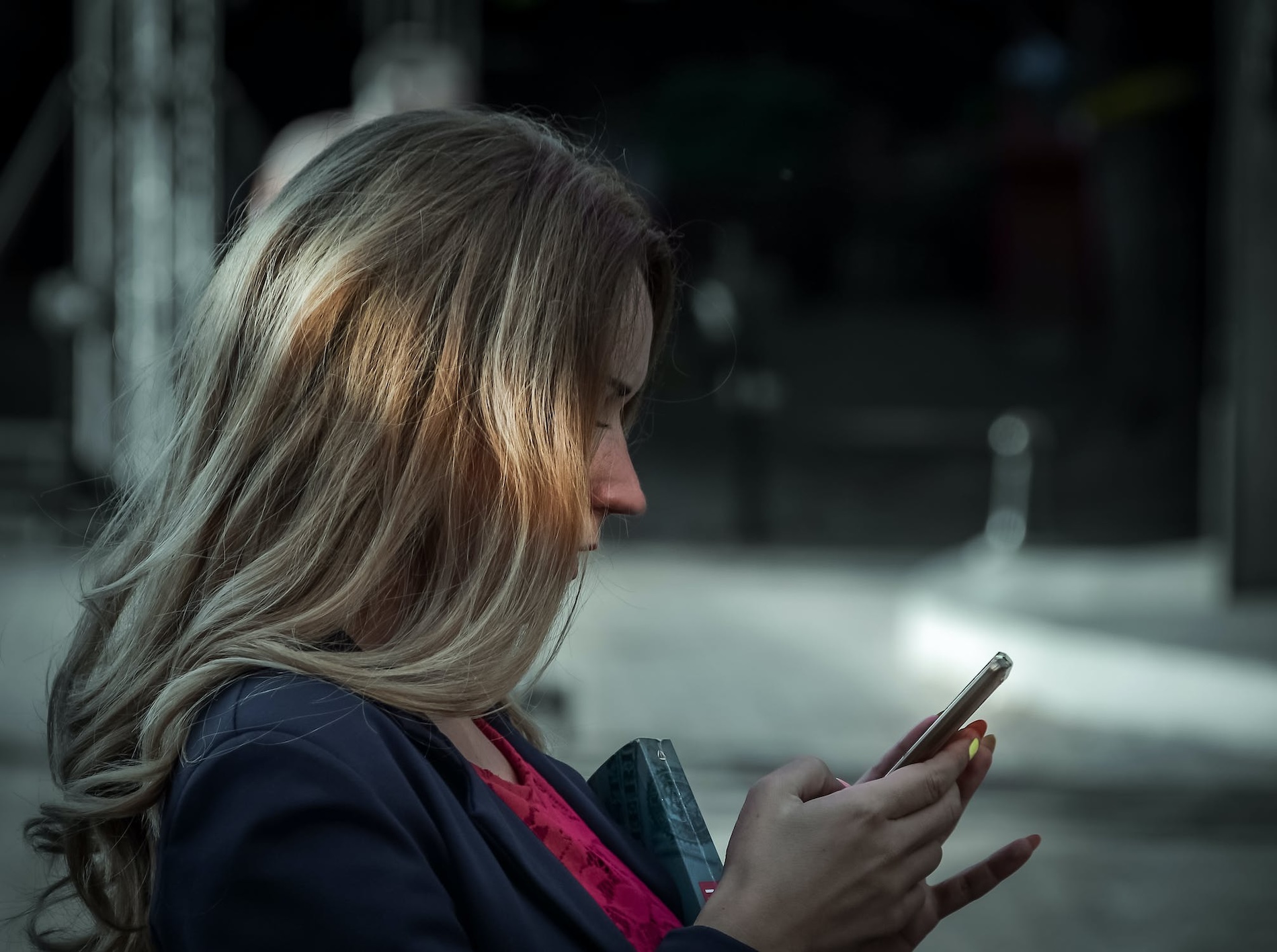Meet Annie Levitz, a 16-year-old from the Chicago suburbs, whose texting habit led to unexpected health issues. Like many teens, Annie was glued to her phone, sending upward of 4,000 texts each month.
It was an integral part of her social life, essential for keeping in touch with friends. However, what seemed like harmless communication became a significant concern when she started experiencing unusual symptoms in her hands.
A Modern Teen’s Dilemma

Many teenagers are used to texting, but for Annie, it was almost like breathing. A recent Nielsen study revealed that the average American teenager sends 3,146 messages a month.
Annie was no different. Staying connected was crucial for her, making her one of many caught in the web of constant digital interaction.
The First Signs of Trouble

The first signs were tingling and numbness, easy to ignore until daily tasks became challenging. “I started losing feeling in my hands, and they’d just drop things,” Annie recounted (via The Daily Mail).
This was more than an occasional inconvenience; it was a sign that something was significantly wrong.
Diagnosis: Carpal Tunnel Syndrome

Annie’s symptoms led her to Dr. Sofia Aksentijevich, who diagnosed her with carpal tunnel syndrome. “It seemed ridiculous to me,” Annie told The Daily Mail, reflecting the disbelief many feel when youthful invincibility is challenged.
Carpal tunnel syndrome at her age was unusual, highlighting how excessive texting was not as benign as assumed (via National Library of Medicine),.
The Lifestyle Overhaul

Following her diagnosis, Annie had to make significant changes. Texting had to be cut down drastically, from thousands to just 20 to 30 messages a day.
She began wearing braces on both hands, a constant reminder of the toll her texting took. “It’s painful and embarrassing,” she said (via ABC News).
The Reaction from Peers

At school, Annie’s condition became a talking point. Nicknamed “carpal tunnel girl,” she experienced firsthand the social impact of her diagnosis.
While some remarks were in “in good fun,” they underscored a significant shift in how she was perceived by her classmates.
Adjusting to a New Reality

Life with carpal tunnel syndrome meant adapting to new realities. Beyond reducing her texting, Annie started regular treatments like cortisone injections to manage pain (per The Daily Mail).
These changes were vital for her recovery, illustrating the direct consequences of her previous habits.
The Emotional Toll

The condition brought more than physical pain; it was an emotional and social challenge. “It’s embarrassing wearing the braces, and having people know,” Annie said (via ABC News).
Her struggle reflects the broader emotional impact of health issues on teenagers, particularly those linked to common behaviors like texting.
Parental Perspectives

Carrie Levitz, Annie’s mother, faced a dilemma. Taking away Annie’s phone seemed like a solution, but understanding its role in her daughter’s social life was crucial.
“If you have teens, you know that doesn’t work,” she said, highlighting the complexity of parenting in the digital age (via The Daily Mail).
A Wake-Up Call for Teens

Annie’s story is a bit of a wake-up call, illustrating the surprisingly physical risks of excessive texting.
It serves as a reminder for teens and parents alike to monitor and moderate their digital habits to prevent similar health issues.
Technology Solutions and Alternatives

There are also safer ways to stay connected. Options like speech-to-text and ergonomic devices can reduce the strain on hands and wrists.
Exploring alternatives can help maintain social ties while safeguarding health, a balance that may actually be beneficial for digital natives like Annie.
Lessons Learned and Looking Forward

Annie reflects on her experience with newfound wisdom. “I’ve learned that some communication is not worth the pain,” she told The Daily Mail, acknowledging the need for balance.
Her journey from excessive texting to a more mindful approach serves as a lesson for her peers, emphasizing the importance of health over constant connectivity.








































